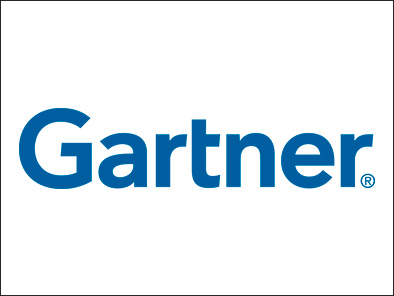  By 2017, mobile apps will be downloaded more than 268 billion times, generating revenue of more than $77 billion and making apps one of the most popular computing tools for users across the globe, according to the research firm Gartner.
Gartner predicts that mobile users will provide personalized data streams to more than 100 apps and services every day.
"Mobile apps have become the official channel to drive content and services to consumers. From entertainment content to productivity services, from quantified-self to home automation, there is an app for practically anything a connected consumer may want to achieve," said Brian Blau, research director at Gartner. "This connection to consumer services means users are constantly funneling data through mobile apps. As users continue to adopt and interact with apps, it is their data — what they say, what they do, where they go — that is transforming the app interaction paradigm."
Currently, apps often provide an opportunity for brands to reach and engage with customers in a direct way, and therefore data coming from the user is often treated as a resource. This is especially true of free apps, which in 2013 account for 92 percent of app downloads. App users are providing troves of data and often accept advertising or data connectivity in exchange for access to the app.
Gartner said that brands and businesses are already using mobile apps as a primary component of their user engagement strategies, and as the use of mobile devices, including wearable devices, expands into other areas of consumer and business activities, mobile apps will become even more significant.
"In the next three to four years, apps will no longer be simply confined to smartphones and tablets, but will impact a wider set of devices, from home appliances to cars and wearable devices," said Mr. Blau. "By 2017, Gartner predicts that wearable devices will drive 50 percent of total app interactions."
Wearable devices will use mobile apps as their conduit for data exchange and user interface, because many of them will have few or no user interface capabilities. Offloading that responsibility to the mobile device means the wearable devices will depend on apps for all types of user input or output, configuration, content creation and consumption, and in some cases, basic connectivity.
"While wearable devices will not fully rely on, or be a slave to, mobile devices, it is a way for manufacturers to keep these devices small and efficient, therefore significantly reducing device costs in favor of using apps, which are more easily maintained and updated," said Mr. Blau.
"Considering their underlying service, most wearable devices need some type of user interface. Taking the example of a fitness-tracking device, ultimately its onboard data will need to be uploaded into the cloud, processed, and then analyzed in reporting back to the user. Apps are an obvious and convenient platform to enable great products and services to be developed".
Large service providers such as Google, Amazon, Facebook and Apple are likely to have a head start in this market due to the relationship they already have with consumers, which provides them with a large repository of user data that they can analyze and predict — a key asset in cognizant computing. In addition, consumers also trust these brands to manage their personal data — another key aspect in cognizant computing, whereas newcomers will have to build these relationships from scratch. Smart home solutions will likely span across various brands and platforms in order to become "intelligent" and deliver good user experience. Those that are restricted to a single brand are likely to lose the competitive edge. |